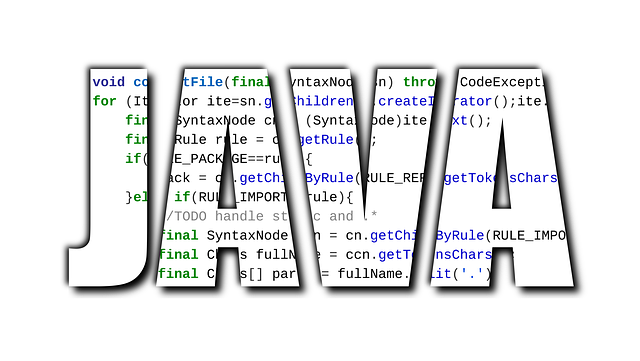Fraud is a major concern for many industries, including finance, healthcare, and e-commerce. Fraudulent activities can cause significant financial losses, damage to brand reputation, and loss of customer trust. However, with the emergence of Artificial Intelligence (AI) and Machine Learning (ML), fraud detection has become more accurate and efficient.
How AI is used for Fraud Detection
AI and ML algorithms can identify patterns in vast amounts of data, making it easier to detect anomalies that may be indicative of fraudulent activities. These algorithms can also learn from new data, enabling them to improve their accuracy and identify new types of fraud.
Java provides a range of features that make it an ideal language for implementing AI and ML algorithms for fraud detection. The robustness and scalability of Java make it easy to handle large amounts of data, which is essential for fraud detection. Additionally, the extensive libraries and frameworks available in Java can be used to implement various AI and ML algorithms, including Neural Networks, Decision Trees, and Random Forests.
Java is also highly portable, meaning that the algorithms developed in Java can be deployed across various platforms, including desktops, servers, and mobile devices. This makes it possible to develop fraud detection systems that can be easily integrated into existing applications.
Using Java and AI for fraud detection involves several steps. The first step is to gather data from various sources, including transaction records, customer behavior, and other relevant information. This data is then cleaned and preprocessed to remove any irrelevant or redundant information.
Next, the preprocessed data is fed into the AI algorithm, which is trained to identify patterns that may be indicative of fraudulent activities. The algorithm is trained using historical data and is continually updated with new data, ensuring that it can identify new types of fraud.
Finally, the results of the algorithm are analyzed to identify any potential instances of fraud. These instances are then verified, and appropriate actions are taken to prevent any further fraudulent activities.
Conclusion
In conclusion, Java and AI are powerful tools that can be used together to develop accurate and efficient fraud detection systems. The combination of Java’s robustness and scalability with AI’s ability to analyze large amounts of data and identify patterns makes it possible to detect fraudulent activities quickly and effectively. As fraud becomes increasingly prevalent in today’s digital world, the use of Java and AI for fraud detection is likely to become even more essential.




